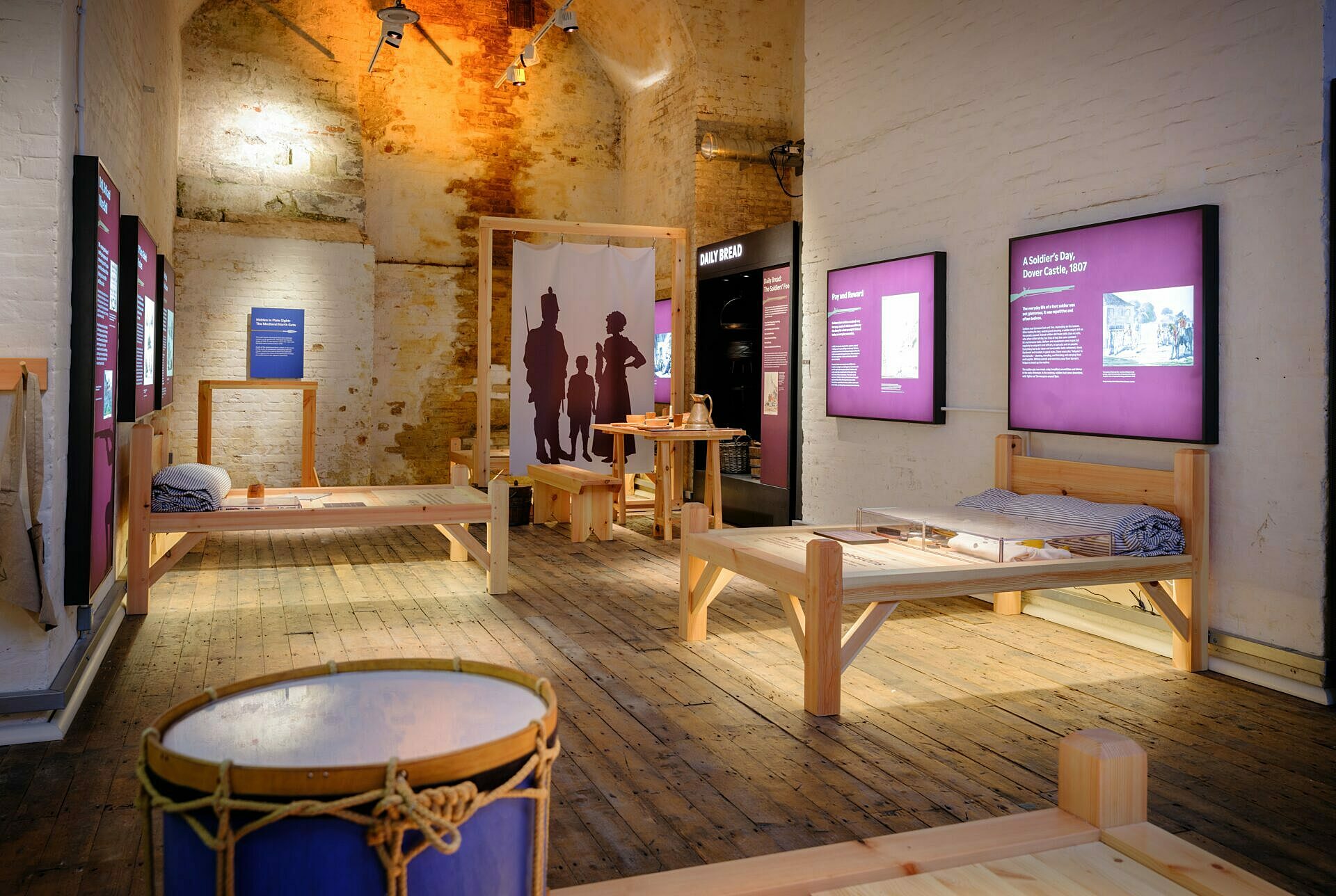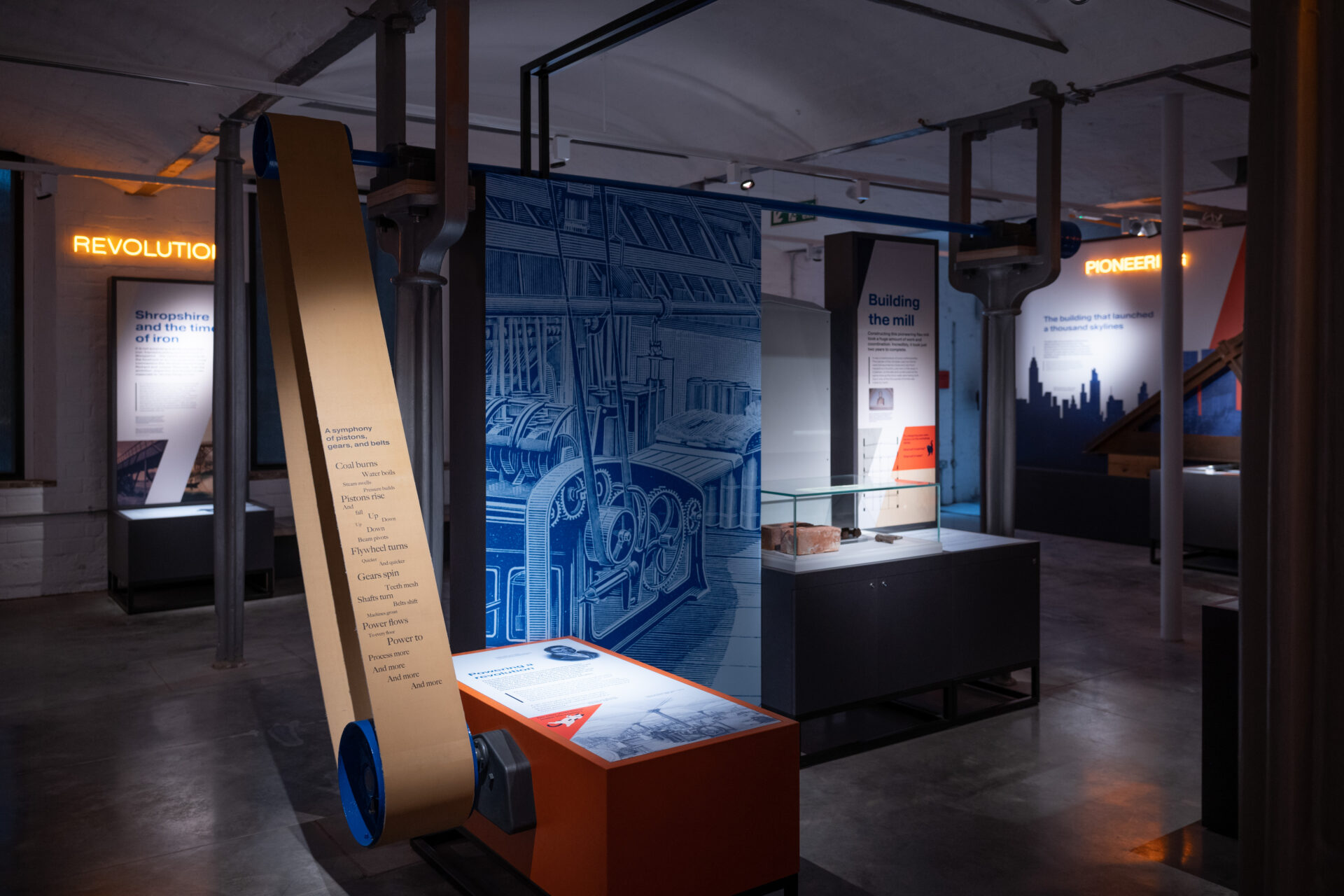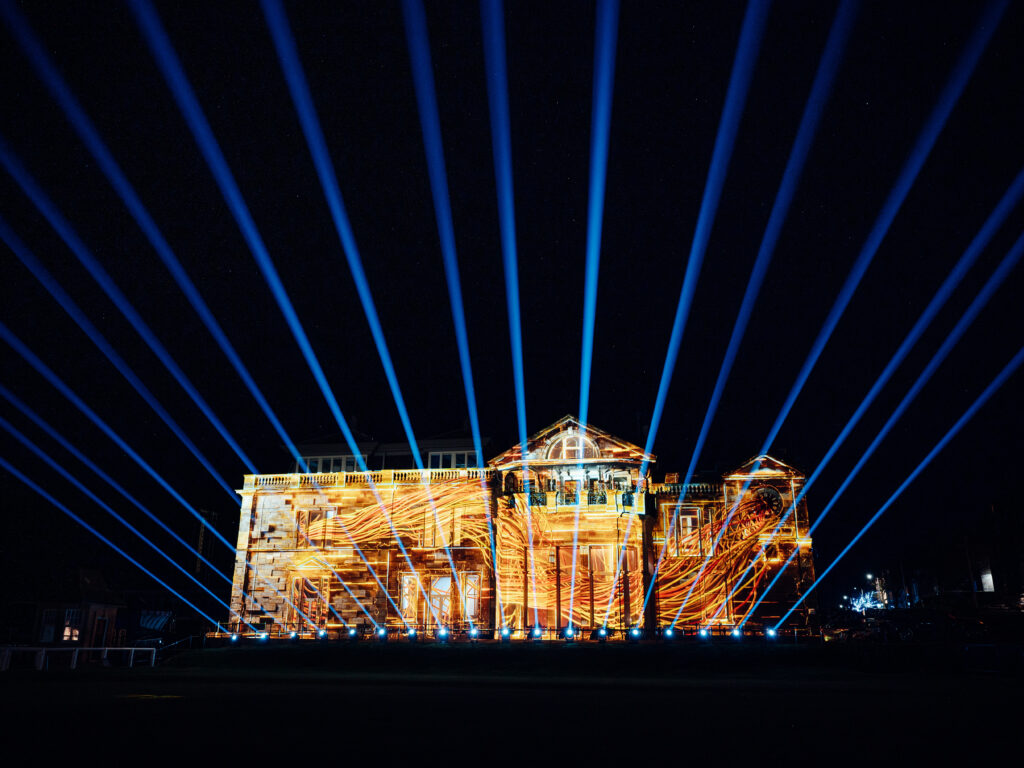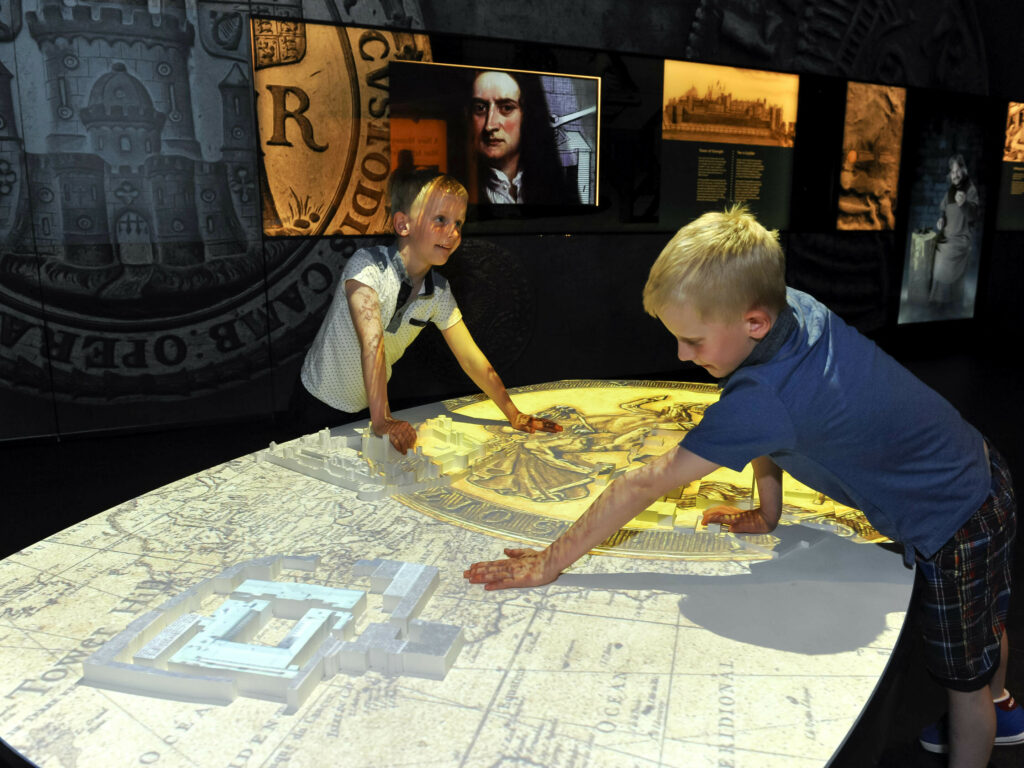Breathing new life into these centuries-old sites and enabling people to explore them and their stories is a privilege. For designers, the challenge is to find ways to be innovative and creative without detriment to the existing building.
Mather & Co, leading visitor experience designers, embrace the opportunity to transform historic buildings into exciting new visitor experiences, celebrating their history and significance. With nearly 30 years of experience in creating world-class visitor experiences across various types of buildings, they share their tips on designing modern exhibitions within historic environments.
Let the building sing
Mather & Co maintain that any design created for a heritage setting should be developed and implemented as a conversation between old and new. The design must complement and enhance the space rather than compete with it. Drawing inspiration from existing spaces and forms, Mather & Co favours developing freestanding exhibition elements or those requiring minimal invasive work to be securely fixed in place. This approach is crucial for the long-term future of the space, allowing for the possibility that these elements may need to be removed without harming the building’s integrity.

There are instances where stringent conservation rules, immovable historic features, or limited space necessitate innovative approaches to storytelling. In several heritage projects, Mather & Co has successfully used digital technology to navigate such limitations. For example, as part of the transformation of Dover Castle, the historic defensive Spur Tunnels were enhanced to include an immersive audio-visual experience. This experience combined motion-triggered ambient soundscapes with projected illustrations and text on the narrow, uneven stone walls, showcasing how creative solutions can excite and narrate without disrupting the visual integrity of the space.
Layering interpretation
Visitors today expect more than static displays and endless lengths of text; they want engagement, stories, interactivity, and signature moments that resonate. In heritage settings, it is vital to layer interpretation to cater to all demographics, learning styles and interests throughout the experience.
Each project is assessed individually, but Mather & Co consistently aims to provide a blend of low-tech and high-tech interpretation opportunities to create an inclusive and widely accessible experience. While high-tech elements might appear at odds with historic sites, when implemented strategically, they can serve as invaluable interpretive features. These can offer opportunities for augmented glimpses into the past, immersive audio-visual shows, and dynamic methods of wayfinding.
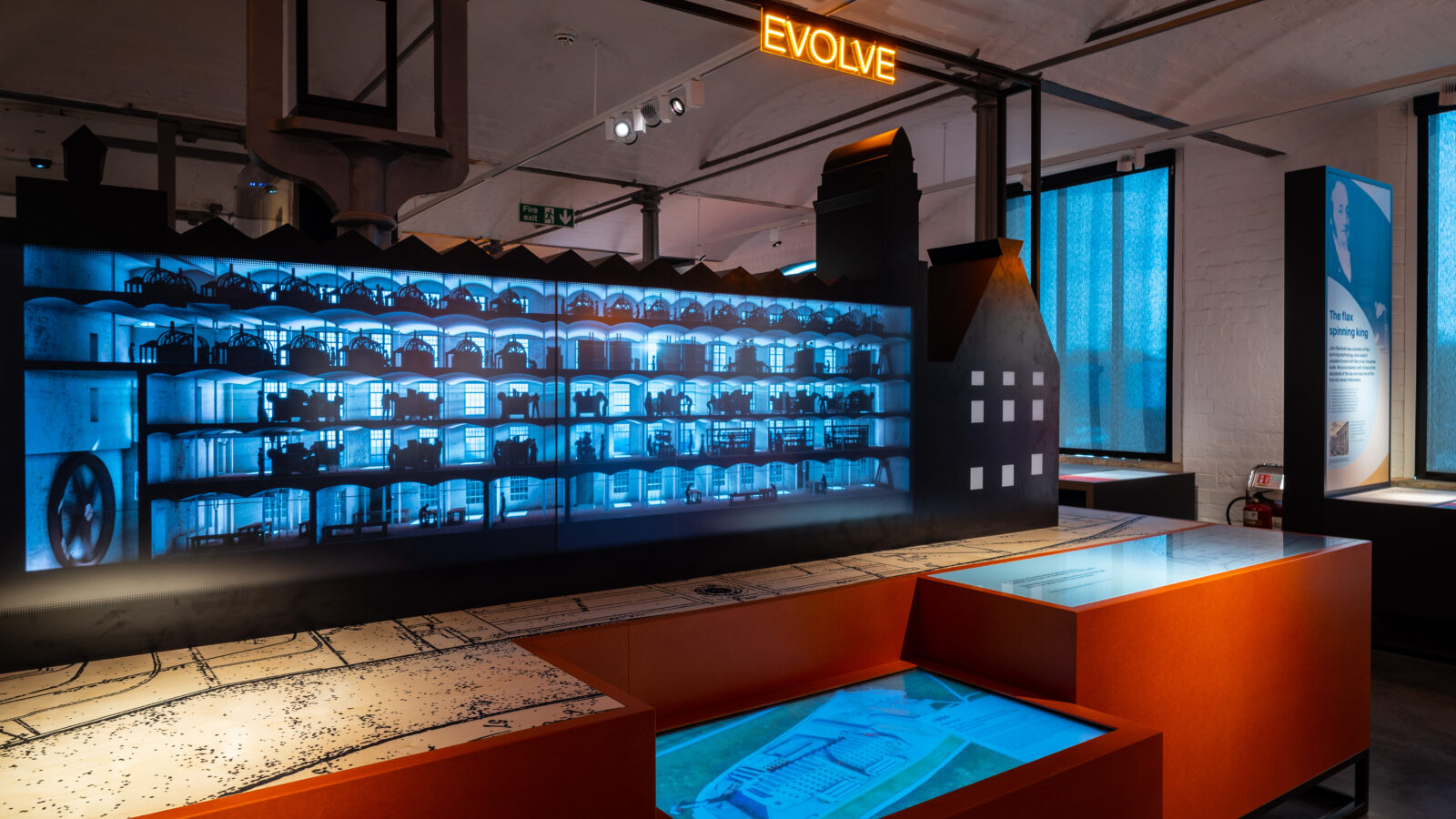
In their Shrewsbury Flaxmill Maltings exhibition, which tells the story of the first iron-framed building in the world, a 3D model of the mill offers a virtual exploration of the site’s historical uses. Within this large 3D model, an embedded AV screen invites visitors to choose a timeframe from the site’s history, breaking down the virtual walls of the mill to reveal its activities during that period through digital recreation. This interpretive element exemplifies how high-tech solutions can significantly enhance visitor engagement and comprehension of a site’s history through both tactile interaction and digital reconstruction.
Designing modern exhibitions within historic buildings demands a thoughtful balance of innovation and sensitivity. Mather & Co’s experience demonstrates that, when done well, contemporary interventions can not only respect the heritage of a site but also enhance its storytelling and visitor appeal. By allowing the building’s character to guide the design and embracing layered interpretation techniques, they ensure that exhibitions remain accessible, engaging, and sustainable. Their work continues to show how old and new can exist in harmony, breathing new life into treasured spaces while preserving their legacy for generations to come.
Ready to bring your historic site to life?
Contact Mather & Co to bring your story to life with creativity, sensitivity, and innovation.
